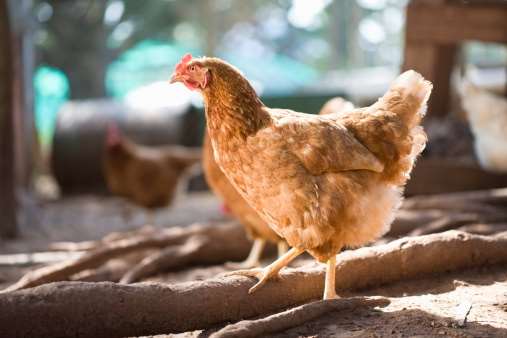Code Development Committee calls the Code an important tool for farmers
By Diego Flammini
Assistant Editor, North American Content
Farms.com
Egg Farmers of Canada and the National Farm Animal Care Council (NFACC) announced a revised Code of Practice for the Care and Handling of Layers.
A group consisting of farmers, veterinarians, governments, transporters and others worked collectively to revise the Code of Practice, which features new regulations on housing requirements for layers. The public provided its comments in the summer of 2016 to ensure all voices were heard.
“Canada’s more than 1,000 egg farmers are deeply committed to and strive for continuous improvements when it comes to the care and well-being of their hens,” Roger Pelissero, chairman of Egg Farmers of Canada, said in a release.

As of April 1, 2017 many of the housing requirements come into effect, including:
- Perches must be at least 1.9 cm (0.75 in) wide or in diameter to allow hens to wrap their toes around the perch,
- Hens in enriched and cage-free environments must have a minimum of 45 cm (17.7 in) of space between the floor and ceiling,
- The space between the nest area and the useable feed trough must be at least 15.2 cm (6.0 in), and
- In multi-tier systems, at least 33 per cent of usable space must be litter, except for up to 24 weeks of age, when the litter may be reduced to a minimum of 15 per cent of the useable space.
But according to the document, "all hens must be housed in enriched cage or non-cage housing systems that meet (the) Code's requirements by July 1, 2036."
Farmers are ready to make the necessary changes as long as hens are the first priority.
"We're going to have to accommodate but if everyone agreed on it and it takes into consideration what's best for the hens, I have no problem with it," Dan Veldman, an egg producer from Embro, Ontario, told Farms.com.
Veldman said a larger issue farmers need to think about is their farm's long term future to decide if retooling their barns are worthwhile.
"Most systems will last 20 to 25 years," Veldman said. So (producers) really need to think about what they want and what their kids want when it comes to succession. These are the kinds of things that influence decisions.
"Some people believe in the conventional system and will decide to get of the business instead."
The development of the Code of Practice took nearly four years of research and discussion. Those involved with its creation say the Code is essential for producers.
“The Code of Practice is an important tool for egg farmers across the country,” Glen Jennings, an egg farmer and chair of the Code Development Committee, said in the release. “The new Code is the result of four years of in-depth scientific evaluation and rigorous discussion. The outcome balances hen welfare, behaviour and health in a manner that is sustainable and achievable by farmers.”